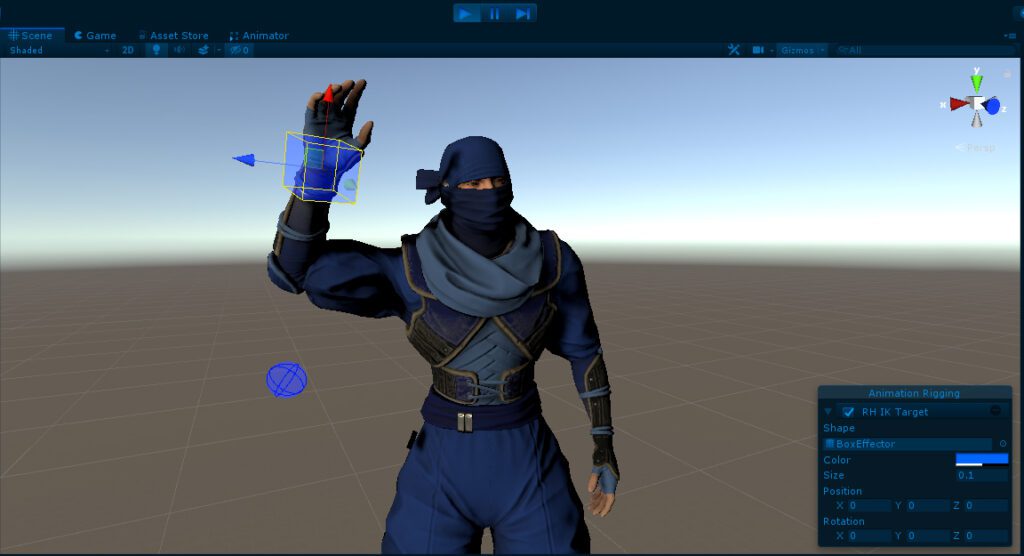Character rigging is a process used in game development to create digital skeletons associated with specific 3D character models, allowing animators to create realistic movements and facial expressions for the characters. The process involves creating a digital skeleton within 3D modeling software, associating it with the character model, weighting or skinning the mesh to the skeleton, adding constraints, creating control objects and finally, animating the model. Character rigging requires considerable skill, knowledge, and experience to create an effective rig. Understanding its basics is essential for those interested in pursuing a career in game development.
Character Rigging in Game Development: Making the Models Move
Introduction
In the world of game development, character rigging plays a vital role in bringing the characters to life. It is the process of creating a digital skeleton and associating it with a specific 3D character model, which enables animators to create realistic movements and animations for the character. Character rigging is a complex process that requires a considerable amount of skill, knowledge, and experience to create an effective rig.
The Basics of Character Rigging
A character rig is a digital skeleton that is created within a 3D modeling software like Blender, Maya, or 3D Studio Max. It consists of a hierarchical structure of joints and bones that are interconnected to form a skeleton. Each bone represents a part of the character’s body such as the head, torso, arms, legs, and fingers.
Once the digital skeleton is created, it is associated with the 3D character model, allowing the animator to manipulate the model’s movements by moving its bones. The rig is also used to control the character’s facial expressions, which is important for giving the character emotions and making them feel more realistic.
The Process of Character Rigging
The process of character rigging can be divided into several stages:
Stage One: Model Preparation
Before rigging can begin, the 3D character model needs to be created. It includes creating the character’s mesh and textures. These can be created using 3D modeling software such as Blender or Maya.
Stage Two: Skeleton Creation
The next step is to create the digital skeleton, which involves positioning the joints in the correct place to match the character’s anatomy. The joints and bones should be placed strategically to allow for realistic movement.
Stage Three: Weighting
After creating the digital skeleton, the next step is to attach the character’s mesh to the skeleton. This process is called weighting or skinning. The process involves assigning a weight value to each vertex of the character model, which determines how much influence each bone has on that particular area of the character’s body.
Stage Four: Constraints
Once the character’s mesh is attached to the skeleton, constraints can be added to the character rig. Constraints are rules or limitations that are set for how the character model can move. For example, a constraint could be added to limit the rotation of an elbow joint so that the arm doesn’t bend backwards.
Stage Five: Control Creation
After the rig is complete, control objects need to be created. Control objects are user interface elements that allow animators to manipulate the character model more easily. These can include sliders, buttons, or switches.
Stage Six: Animation
Finally, once the rig is complete, animation can be done. Animators use the control objects to manipulate the character model, creating a range of movements and animations.
Conclusion
In conclusion, character rigging is an important process in game development that allows characters to move and feel more realistic. It is a complex process that requires a great deal of skill, knowledge, and experience to create an effective rig. Understanding the basics of character rigging is essential for anyone interested in pursuing a career in game development.
